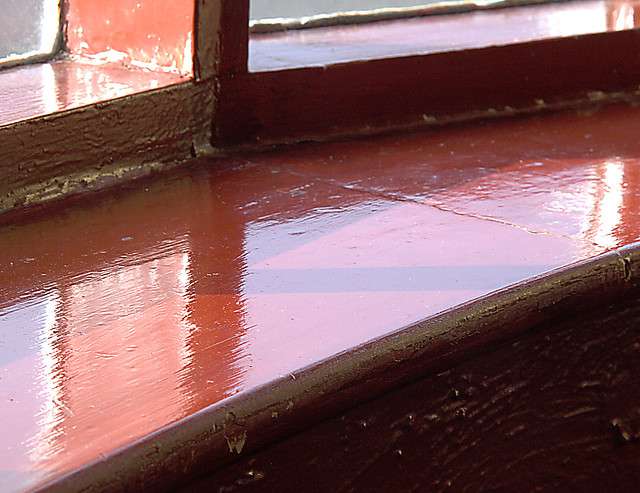
Color coordination and style rely on more than just a complimentary pallet. Finding the right color match is a valuable part in developing aesthetic appeal, and consistency from batch to batch is an important factor in the quality of paint products. Image Source: Flickr user latteda
Our homeowner association (HOA) is considered both a blessing and a curse throughout our neighborhood. On one hand, it ensures that the house next door doesn’t become the dumping grounds for old fixer vehicles. But on the flip side, if our kids leave their bikes on the lawn for 15 minutes and the inspector drives by, we end up with a nasty letter in our mailbox. Despite my complaints, we’ve all driven by a house—that one with the burnt orange siding, neon green trim, and eggplant colored door—that makes one wonder what the owners were thinking. In those moments I am thankful that our HOA has guaranteed our street is lined with complementary colors in a more generalized pallet.
Regardless of my more conservative taste in color, I am still surprised how difficult choosing the right hues can be. Simply grabbing a color sample card off the shelf and throwing some paint up on the walls does not always guarantee the outcome you desire. Quality results rely on both color and gloss measurement of paint to ensure that what you see is what you get. These basic color measurement guidelines start at the beginning of paint development and production to ensure that final product results are consistent, accurate, and made to last.




